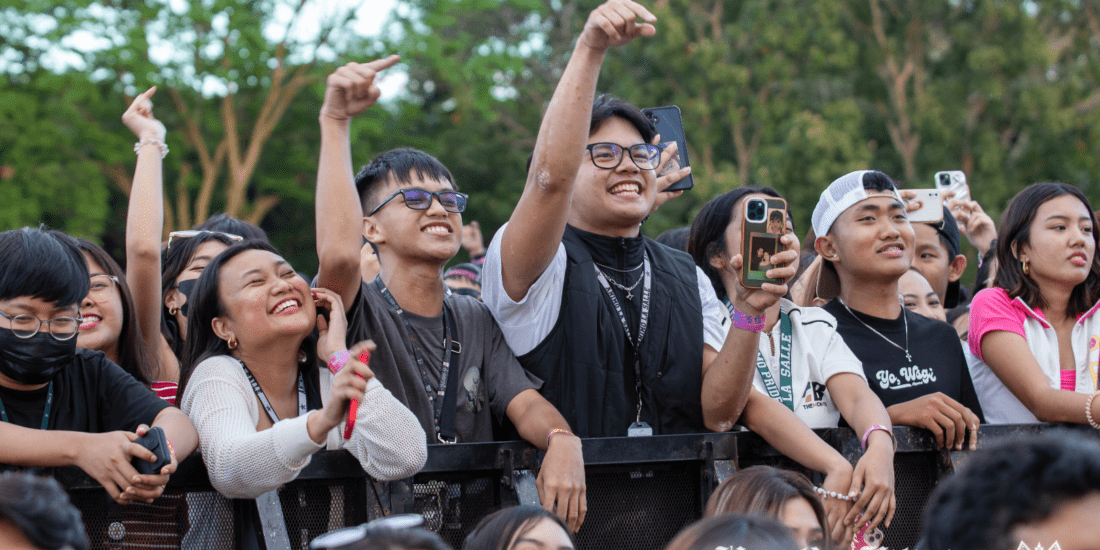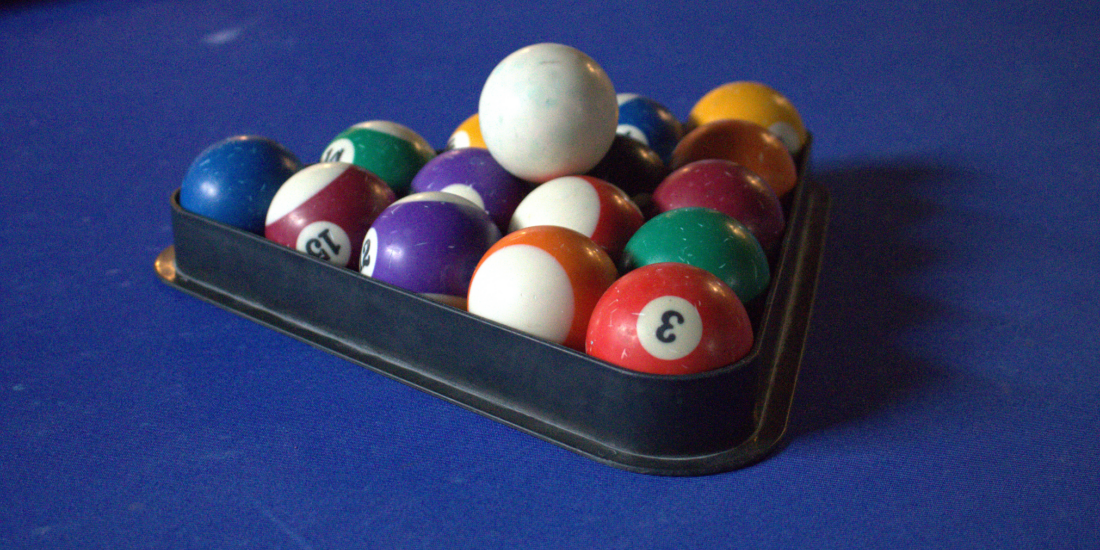Redefining and reviving student activism in DLSU-D
The College of Liberal Arts and Communication Student Council (CLACSC) held Stepping Beyond Borders yesterday, March 5, at the Bulwagang Jose Basa. Rife with learnings from former student activists to tackle the reality of student activism in the country and its of presence in DLSU-D.
The event aimed to emphasize the relevance of student participation on issues concerning the University and the society, as per CLACSC 2017-2018 Public Relations Officer and project head Angelica Juarez. The event also encouraged the student body to partake on student activism while living out the Lasallian core values.

The truth behind student activism
Two esteemed DLSU-D professors from the Social Sciences Department served as speakers for the event. The first speaker, Hon. Aidel Paul Belamide, professor of Anthropology and Sociology, shared his experiences as a student activist at the University of the Philippines Los Baños.
“Para sa akin, ang ibig sabihin ng pakikialam o pakikisangkot ay pakikibahagi sa proseso ng pag-alam sa mga sitwasyon, suliranin, at karanasan sa ating lipunan,” he said, further emphasizing that student activism means understanding the society at large—its history, present, and future.
Highlighting student activism as a multiform concept, Belamide stated that the walls of the school should not limit student activism. “Ito ay hindi natatapos sa silid aralan, hindi natatapos sa pagbabasa ng aklat at dyaryo. Sa halip, ang pinakamalalim na hakbang ay ang pagdanas sa nararanasan ng ating mga kababayan. Sa pamamagitan lamang ng pagdanas ng kanilang totoong karanasan mauunawaan natin ang nangyayari sa ating bayan.”
Belamide further added that student activism is not only a social responsibility—but a personal accountability as well. “Ano man ang inyong hawakan—armas, pluma, placard—basta ang intensyon niyo ay mabuti para sa inyong kapwa, ang intensyon niyo ay maganda para sa inyong bayan, maituturing kayong aktibista.”

The lack of student activism
Belamide was followed by Dr. Phillip Mallari, professor of Development Studies and other social studies subjects, who tackled student activism as a sustainable practice. A former member of the Philippine Christian Movement, he shared that he joined demonstrations with student activists from the College of the Holy Spirit and Ateneo de Manila University, among other schools.
Mallari began his lecture with a question—an observation he aims to underline. “Bakit kadalasan sa mga estudyante ng DLSU-D ay hindi involved sa student activism?” Members of the audience quickly responded, “kasi bawal.” He then clarified that the students are not and should not be prohibited from involving themselves in issues concerning the University and the society.
“Have you heard na magkakaroon tayo ng tuition fee increase? So, what are you going to do? Sit down and relax? Ganoon na lang ba ang gagawin niyo? How can you articulate what you want to say if you are not active, if you are not participating to the activities related to this negotiation?”
For his conclusion, Mallari enumerated four ways how student activism can be sustained in the University. According to him, the students must be vigilant, inform themselves, inform other students, and encourage other students to also be vigilant, informed, and knowledgeable. “Dapat, ang mga taga-DLSU-D, aktibo sa mga ganitong bagay,” he dared.
***
Many people believe that student activism brings more peril than advantage—leading to its dissuasion and disapproval. But student learning should not be restricted to just academics as there are lessons only society can provide.
Contrary to conventional views, student activism does not promote hostility and violence—doubtlessly, it upholds the courage to step beyond borders.





